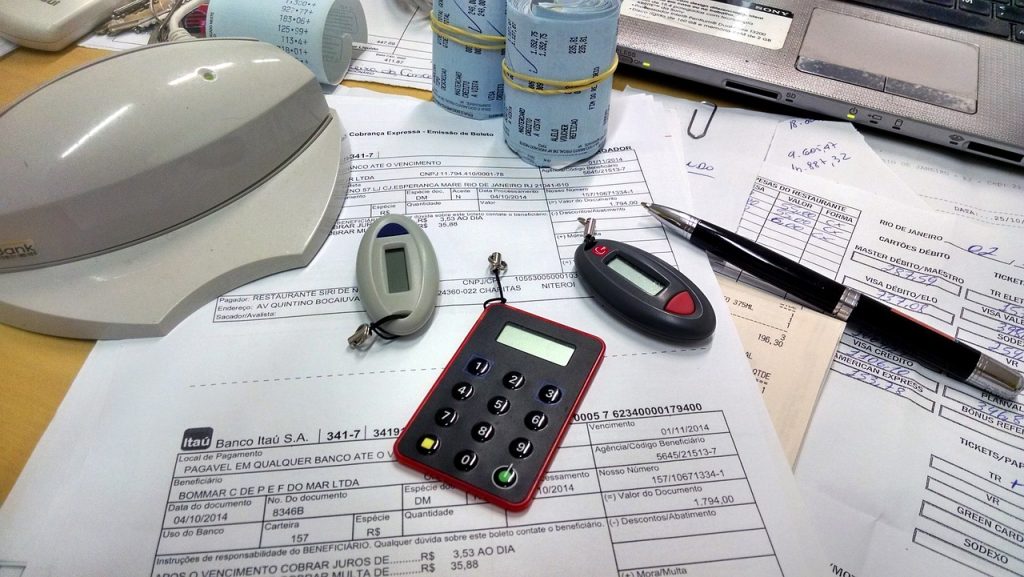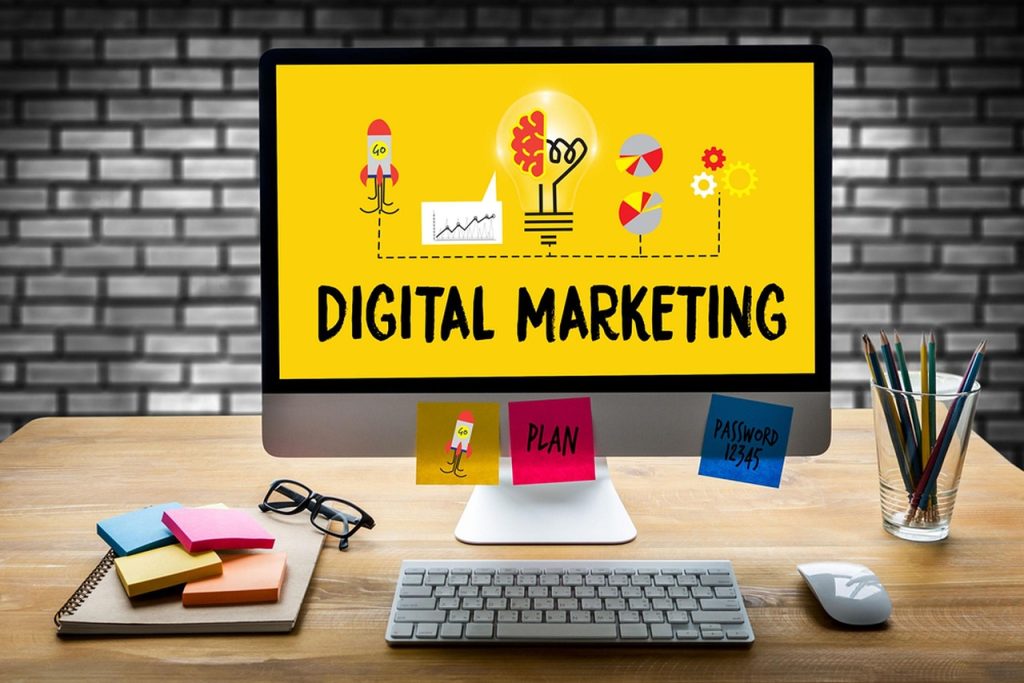
What Is Invoice Factoring & How Does It Work?
Complete Guide to Invoice Factoring
Invoice factoring is a common business financing solution that can be a lifesaver for small-medium businesses when faced with cash-flow problems. Invoice factoring is a form of financing that converts any outstanding invoices due (within 90 days) into cash that will be immediately available for your business.
Invoice factoring is ideal for SMBs who:
- Don’t want to provide collateral
- Cannot qualify for large bank loans
- Have cash flow issues
Invoice factoring for small businesses is a preferred financing method as credit checks can be bypassed and small businesses don’t need to present a business plan allowing them to get funded much more easily.
If you aren’t sure if this is the type of loan you are seeking, head over to our guide to business lending to see if this is the right option for your business.

What is invoice factoring?
Although gaining wide popularity in recent years, invoice factoring can be dated back to the ancient Mesopotamians some 4,000 years ago and was favored by the Romans. Merchants spread across the large global Roman Empire were able to conduct business in faraway places using factoring. Factoring made it possible for merchants to fund expeditions and continue business during the slow seasons – very similar to how its benefits today.
So how does invoice factoring work? It may sound like a fancy schmancy concept but it’s not too difficult to get your head around… in essence, factoring is a form of invoice financing where businesses sell their accounts receivable book to an external finance provider to make your life easier. You can get cash ‘now’ for all of your invoices due, and wave goodbye to late payments. Your company can then use that cash to cover expenses that need taking care of.
An external ‘factor’ will purchase invoices from a business allowing it to receive cash up front rather than waiting around for customers to pay.
How does invoice factoring work?
If you’re wondering ‘what is invoice finance factoring’ you’re not alone. The terms financing and factoring are all too easy to muddle-up. Though similar, they are not the same things and there are some key differences. Here’s an easy break down so you can see how both processes look.
A step-by-step guide to invoice factoring
- Send an invoice copy to your customer that you’re factoring
- Assign invoices to a chosen factor
- The factor will advance ~80% of the invoice (in cash) to you immediately
- Your customer will then pay (in full) the factor when the invoice is due
- The factor will then forward the remaining ~20% (minus fees) in cash
A step-by-step guide to invoice financing
- Create an account with a lender and sync accounting software
- Select all the invoices you want to clear
- The lender will advance 100% of the selected invoices
- You will then repay the lender over the next 12 or 24 weeks
Be aware that some industries are more used to invoice factoring than others. For example, in shipping/trucking companies and recruiting agencies it’s common practice to use invoice factoring. If factoring isn’t so common in your industry, it may be better for you to go with invoice financing (which does not require you to assign an invoice when the factor advances it).
What are the costs?
How much does invoice factoring cost? It’s common practice that you’ll get an advance of around 80% of your invoice and then the remaining 20% after the invoice has been paid minus, of course, the invoice factoring rates which can vary from 1-4%. Some lenders will actually provide 100% of the advance rather than splitting it up and allow you to pay back the fees over the next 3-12 months.
The fee structure, however, will vary greatly depending on the factoring company you choose to go with and a number of other factors including:
- Volume of monthly receivables
- Average size of invoices
- Industry
- Length of time it takes customers to pay
- Creditworthiness of your customers
- Business credit score
It’s worth mentioning that the creditworthiness of your customers is one of the most important factors. The better behaved your customers (as in, the faster they pay) can mean for better agreement terms. Think about it this way, the factoring company will be taking on the financial risk of any unpaid invoices, so they need to know their risks beforehand.
When it comes to uncollected debt from your customer, each factoring company will handle this scenario differently though the general path would see them taken to court to fight the case. Be sure to read the terms and conditions of each company as it will be outlined there or in your contract.
Why use invoice factoring?
Why? Why use invoice factoring over taking out a regular business loan? The biggest plus to using invoice factoring is that it allows your business to stabilize its cash flow by removing payment delays from the equation. With a regulated stream of funds, you will be able to run and expand your business with more peace of mind. Invoice factoring is not a static loan offering a one-time payout, it’s a continuous agreement between two businesses (you and the factor) whereby both can benefit.
What are the pros and cons of invoice factoring?
Who qualifies for invoice factoring?
Since invoice factoring is an extremely efficient way of increasing cash flow, businesses of all shapes and sizes including start-ups to large corporations use it as a cash flow tool. Meaning, any business in any industry can qualify for invoice factoring. In fact, when it comes to qualifying, it’s much, much easier than a traditional bank loan.
You can qualify for invoice factoring:
- Even if you have bad credit
- Not been in business long (at least 6 months)
- You are making at least 6k (USD) a month
- Already used unsecured loans and lines of credit
- Only if you are using an online accounting software (e.g. QuickBooks and Xero)
How to apply for invoice factoring?
For those who can’t qualify for alternative funding and need to better manage their cash flow, invoice factoring for small businesses is perfect, the question remains how do you apply for it? When you apply for invoice factoring via Become, you’ll only need to fill out one application which will lead you to be shown relevant offers outlining the factors and lenders that you can qualify for. Rather than applying through many companies to see if you qualify, Become works to cut your work and make the application process much easier.
What an application process will look like:
- Fill out a short application via Become’s Invoice factoring application
- Select the factor, or funder that you would like to go with
- You’ll receive an email where you’ll need to connect your accounting software used by your business
- Read over the T&C’s and you’re ready to get started!




